Below is an excerpt from an introductory level book about poles and zeros:

The transfer function of the RC circuit system above for the output voltage is:
H(s) = s/(s+10)
The book claims that this system's response to e^-10t will be infinite because at s=-10 |H(s)| goes infinity.
So to check this out first I found the Laplace transform of an input e^-10t as:
X(s) = 1/(s+10)
So the output Y(s) must be
Y(s) = X(s) * H(s) = s / (s+10)^2
And for the time domain I take the inverse Laplace transform of Y(s) and plot it in MATLAB as follows:
syms Y s t
warning off;
H = s ./ (s+10); %Transfer function for the RC circuit system
X=1./(s+10); %Laplace transform for the input e^-10t
Y=X.*H; %output
out = ilaplace(Y);
ezplot(out,[0,0.2])
xlabel('t [sec]')
ylabel('Vc [V]')
grid on;
Above plots are the response of this system to e^-10t for 0,2 and 2 seconds interval. According to these above plots the response starts from 1 and then damps to zero.
What is infinite here? I underlined the claim of the book in yellow above. I don't see anything absurd or infinite in the response of this system for the e^-10t input. Where am I wrong here?

